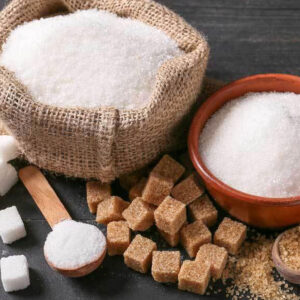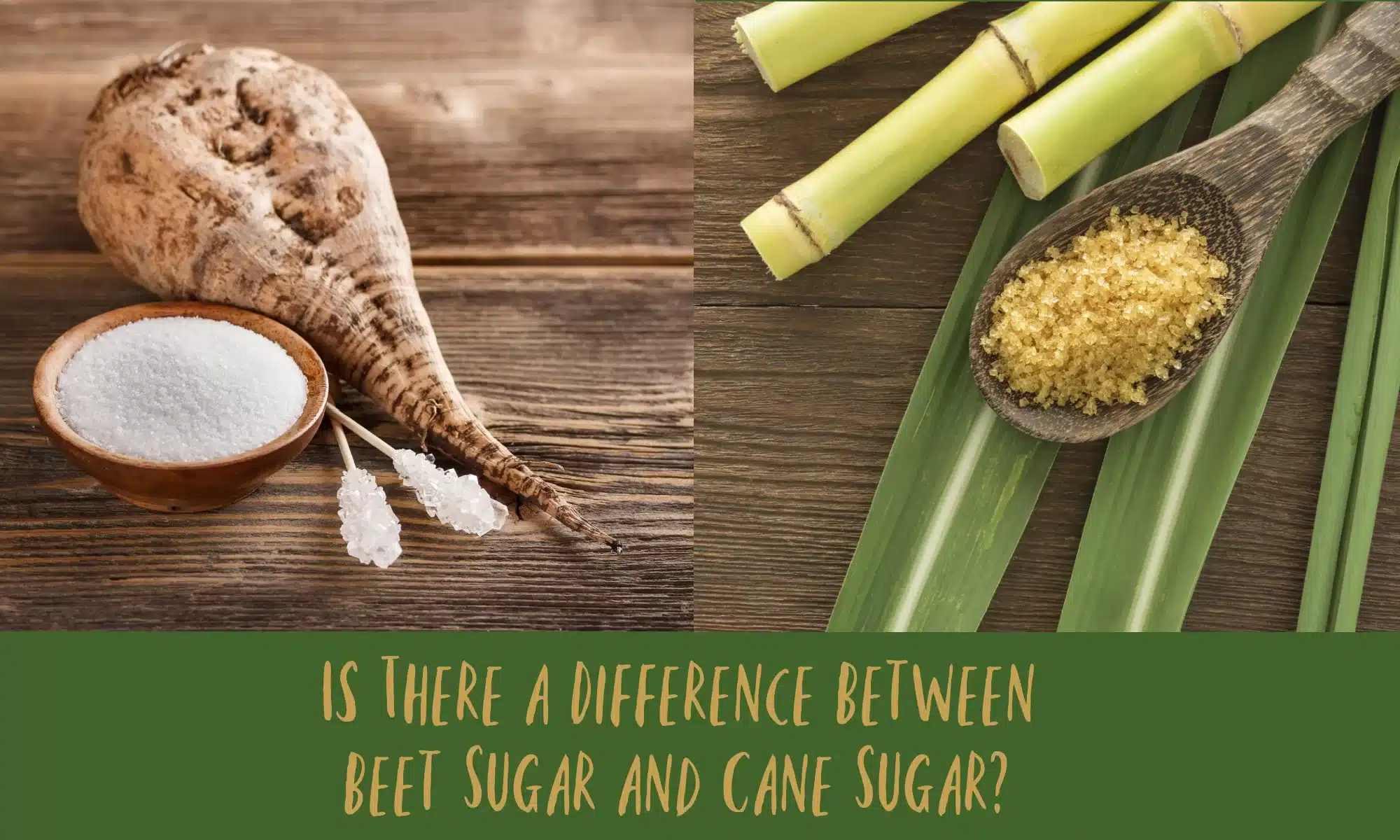Many recipes specify either beet sugar vs cane sugar, depending on the expected outcome.
Many recipes specify either beet sugar vs cane sugar, depending on the expected outcome.
Blog Article
Discover the Uses and Benefits of Beet Sugar Vs Cane Sugar in Your Daily Diet
Exploring the distinctive top qualities of beet and cane sugar discloses greater than just their sweetening capabilities; it highlights their unique effects on health and wellness and cookeries. Beet sugar, recognized for its subtle flavor, is often favored in fragile desserts, whereas cane sugar, with its hint of molasses, adds splendor to robust recipes. Each type holds its very own nutritional account and glycemic ramifications, welcoming a much deeper understanding of their roles in a balanced diet regimen and sustainable intake methods.
Origin and Manufacturing Processes of Beet and Cane Sugar

The distinct climates and soil types needed for growing sugar beets and sugarcane add to distinctions in their cultivation practices and geographical circulation, affecting the economics and sustainability of their manufacturing. beet sugar vs cane sugar.
Nutritional Comparison In Between Beet Sugar and Cane Sugar
In spite of stemming from different plants, beet sugar and cane sugar are nutritionally very comparable, both mainly consisting of sucrose. Each provides concerning 4 calories per gram, translating to approximately 16 calories per teaspoon. Structurally, both sugars are made up of about 99.95% sucrose, with minimal quantities of various other substances like moisture and trace element, which do not considerably alter their nutritional profiles.

Ultimately, when selecting between beet sugar and cane sugar based on dietary web content alone, both deal similar benefits and disadvantages as they are basically forms of important site the same particle-- sucrose, providing quick power without various other nutrients.
Influence on Wellness: Glycemic Index and Caloric Material
Discovering further into the effects of beet sugar and cane sugar on health and wellness, it is crucial to consider their glycemic index and caloric web content. The glycemic index (GI) of both beet and cane sugar is around 65, classifying them as high-GI foods, which can trigger quick spikes in blood glucose levels.
Each kind of sugar includes around 4 calories per gram, making their calorie web content equivalent. For those keeping an eye on calorie intake, specifically when taking care of weight or metabolic health and wellness conditions, recognizing her response this equivalence is important (beet sugar vs cane sugar). Nevertheless, too much consumption of any high-calorie, high-GI food can add to wellness problems such as excessive weight, heart condition, and insulin resistance.
Environmental and Economic Considerations of Sugar Manufacturing
Beyond health and wellness impacts, the manufacturing of beet and cane sugar also increases considerable environmental and financial problems. Sugar beet farming tends to call for cooler environments and has a lower geographical footprint contrasted to sugar cane, which thrives in tropical areas.
Furthermore, making use of chemicals and fertilizers in both beet and cane sugar farming can lead to dirt deterioration and air pollution, additional affecting biodiversity and local water bodies (beet sugar vs cane sugar). The option between cultivating sugar beet or cane commonly depends upon regional environmental problems and financial elements, making the sustainability of sugar manufacturing a complex concern
Culinary Applications and Flavor Distinctions
While the environmental and financial elements of sugar production are certainly substantial, the choice in between beet and cane sugar additionally influences cooking applications and flavor accounts. Beet sugar, obtained from the sugar beet plant, is understood for its incredibly neutral taste. This makes it a flexible ingredient in baking, where it does not alter the flavor of various other elements. It liquifies promptly and is suitable for usage in cakes, cookies, and pastries.
Cane sugar, drawn out from sugarcane, typically preserves molasses traces, which give a distinct splendor and click for info deepness. This mild molasses taste enhances the complexity of baked goods, sauces, and marinates. It is especially favored in items where a sugar touch is preferred, such as in brownies or gingerbread. The mild variation in wetness material in between beet and cane sugar can impact the structure and uniformity of recipes, making cane sugar a favored selection for certain dishes that benefit from its special homes.

Verdict
To conclude, both beet and cane sugar have distinctive origins and manufacturing processes, using similar nutritional profiles with minor differences in salt web content and taste. While their influence on wellness, specifically pertaining to glycemic index and calories, is similar, the option in between them commonly comes down to environmental, financial variables, and particular culinary requirements. Recognizing these facets can guide customers in making educated choices that line up with their wellness goals and taste preferences.
Report this page